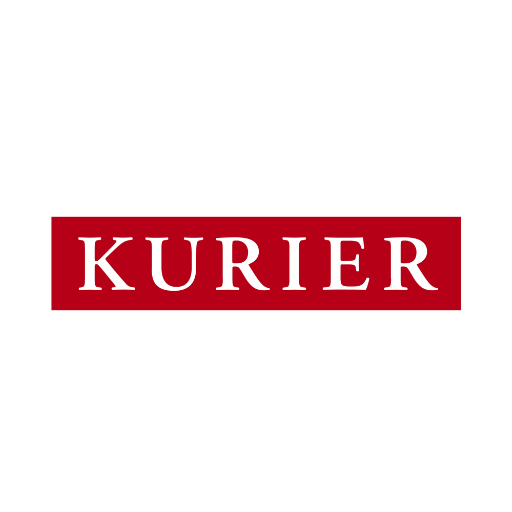RENDEZ-VOUS
Picasso, Chagall, Klein and their times
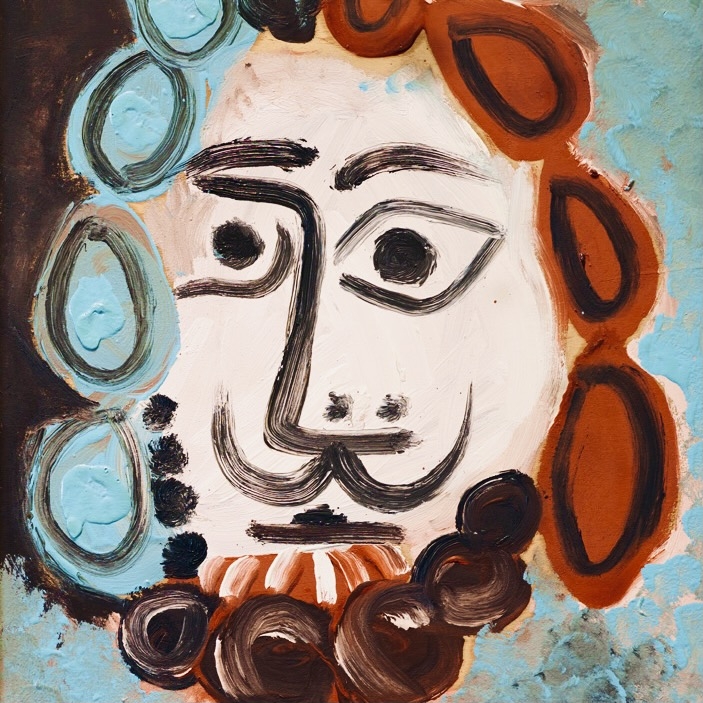
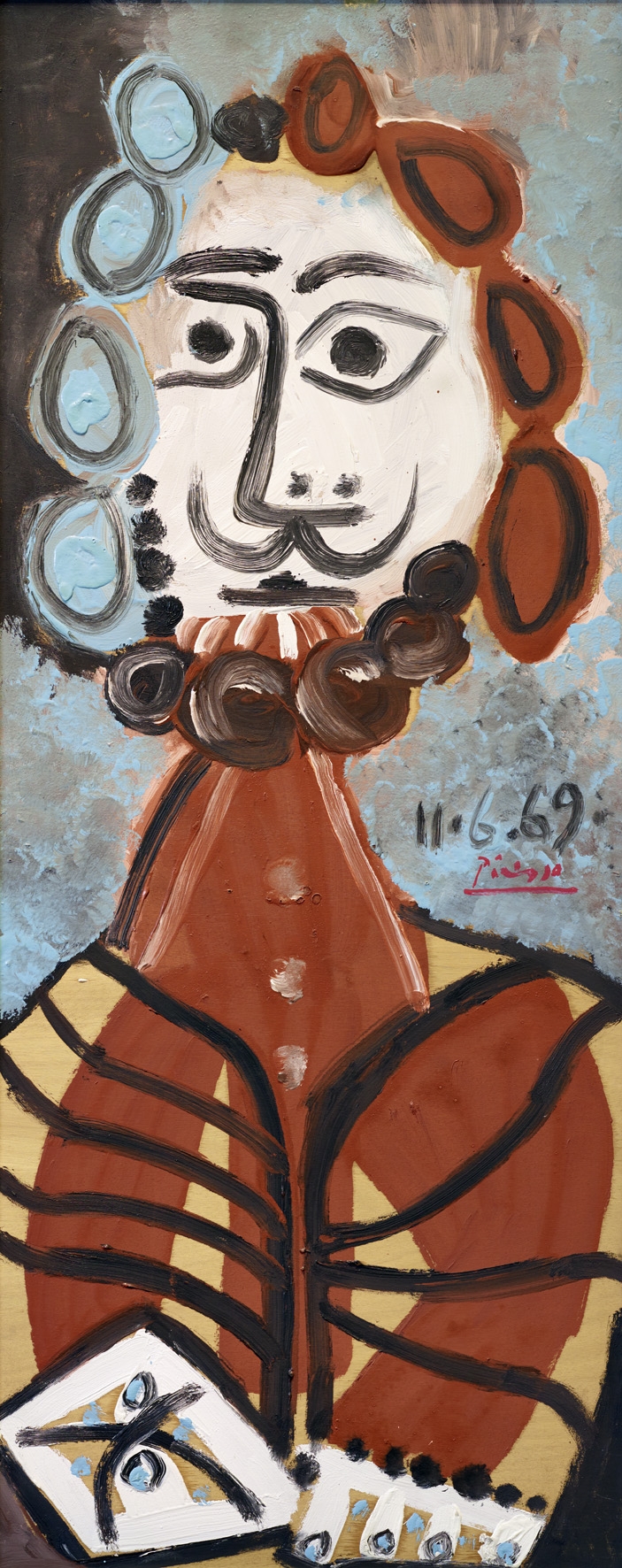
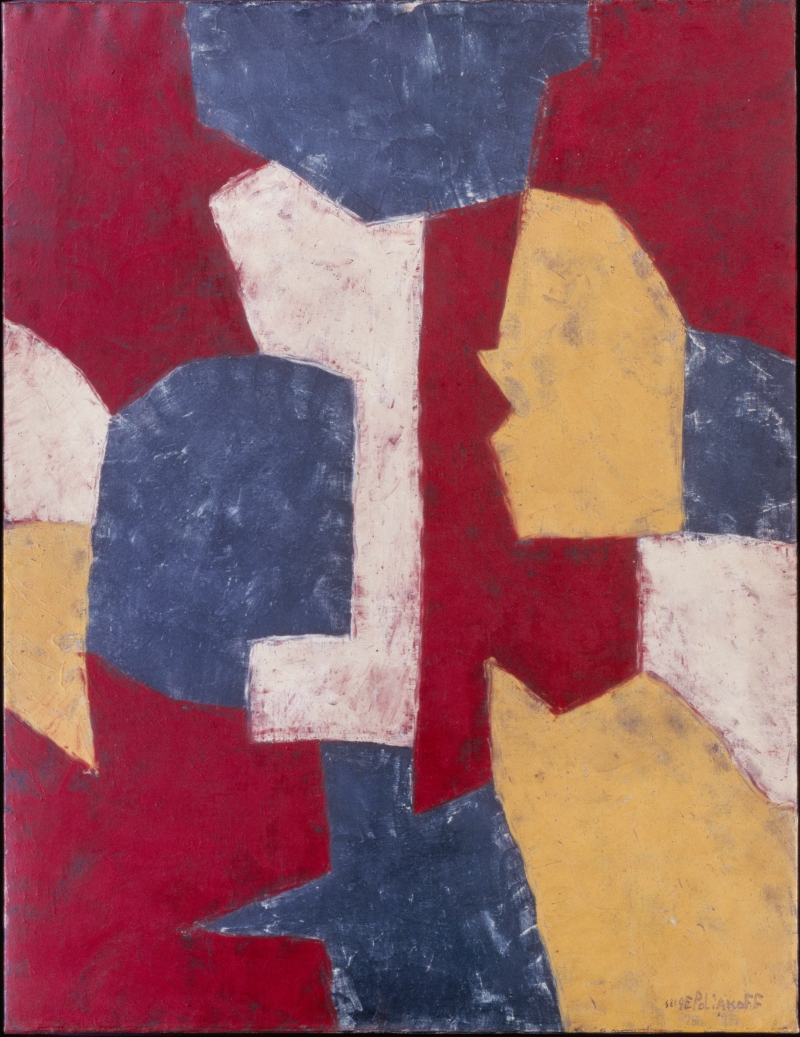
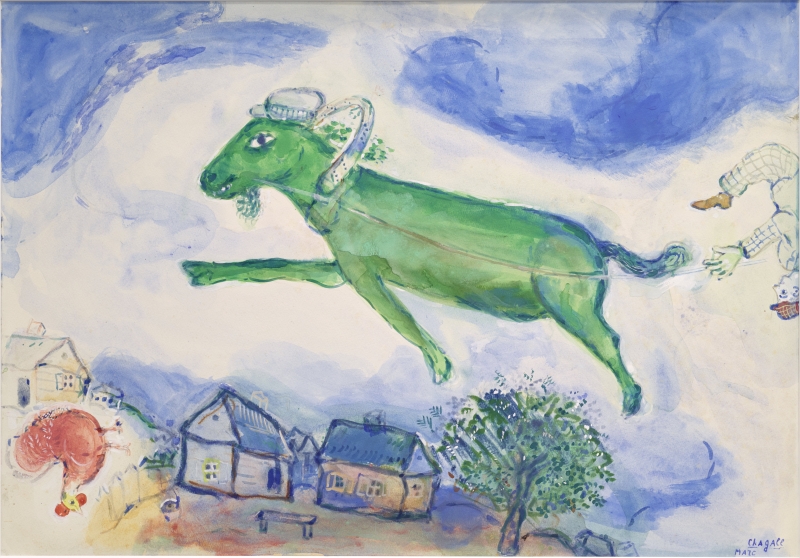
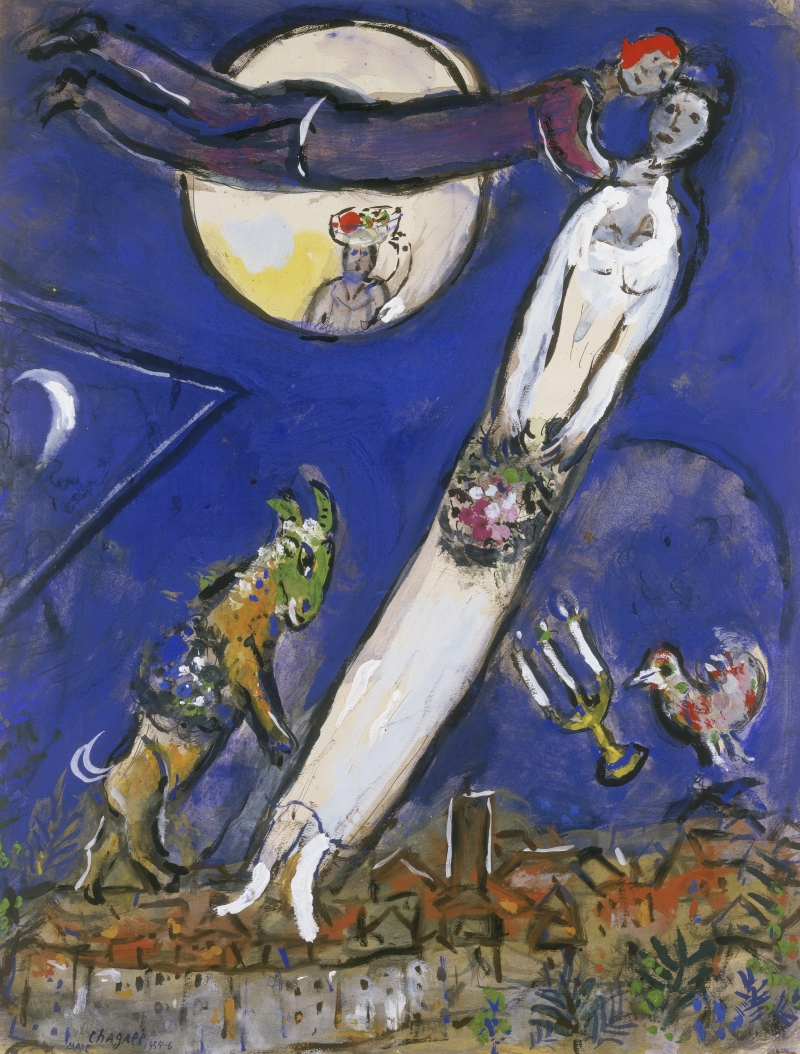


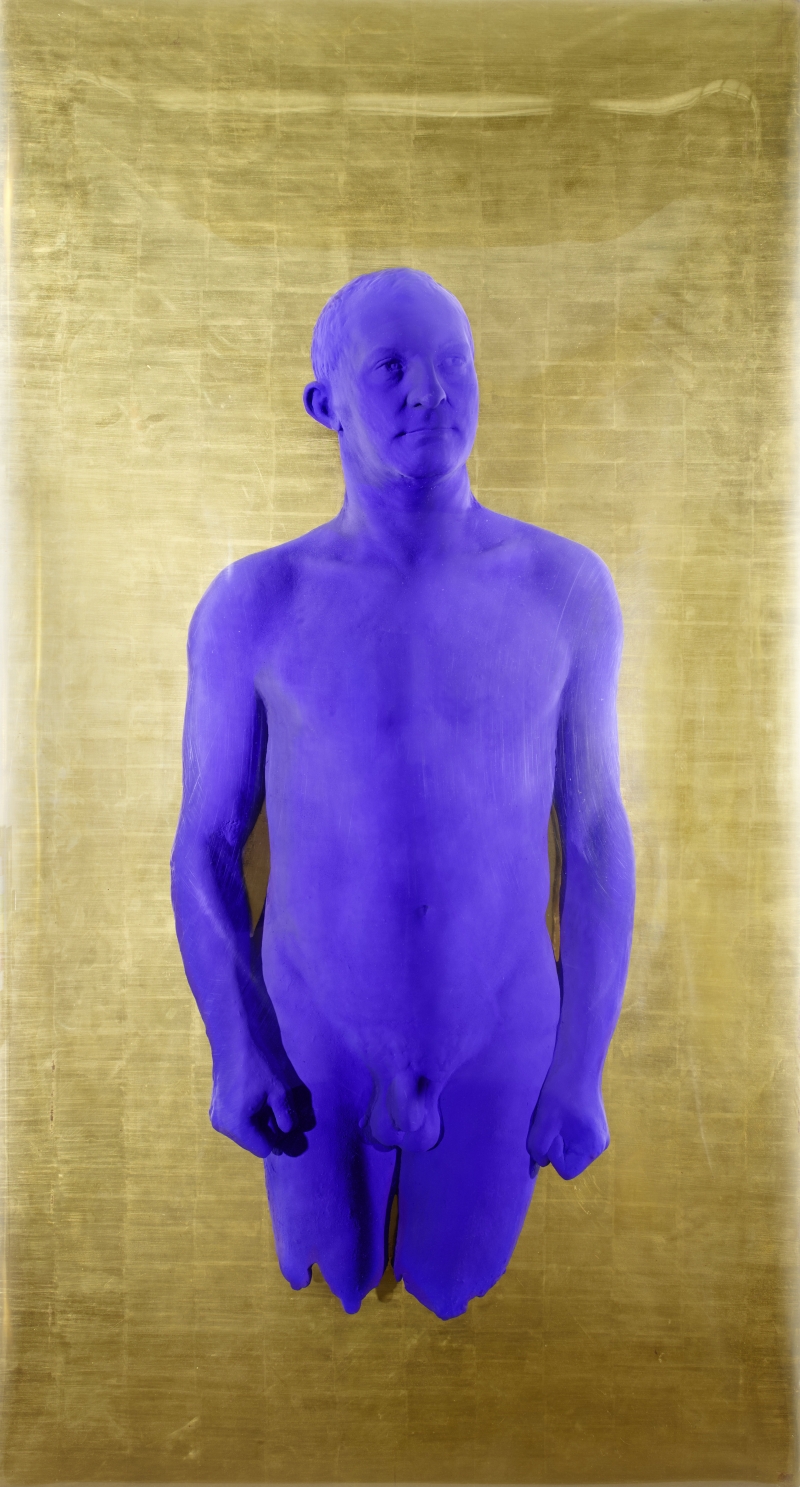
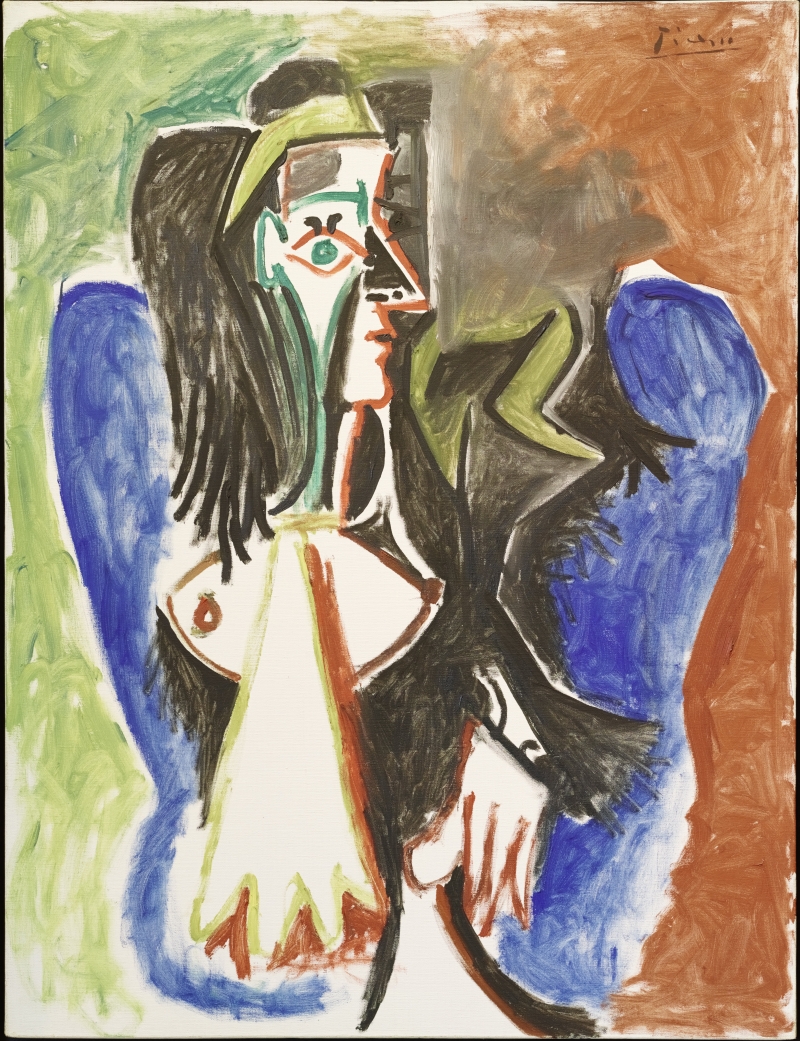
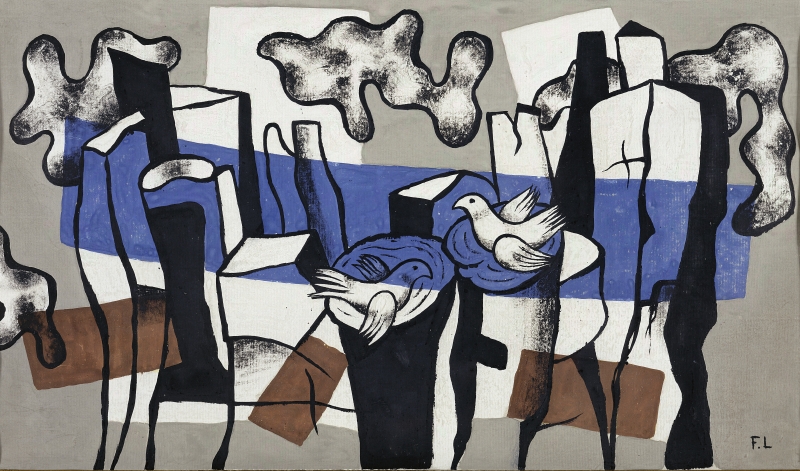
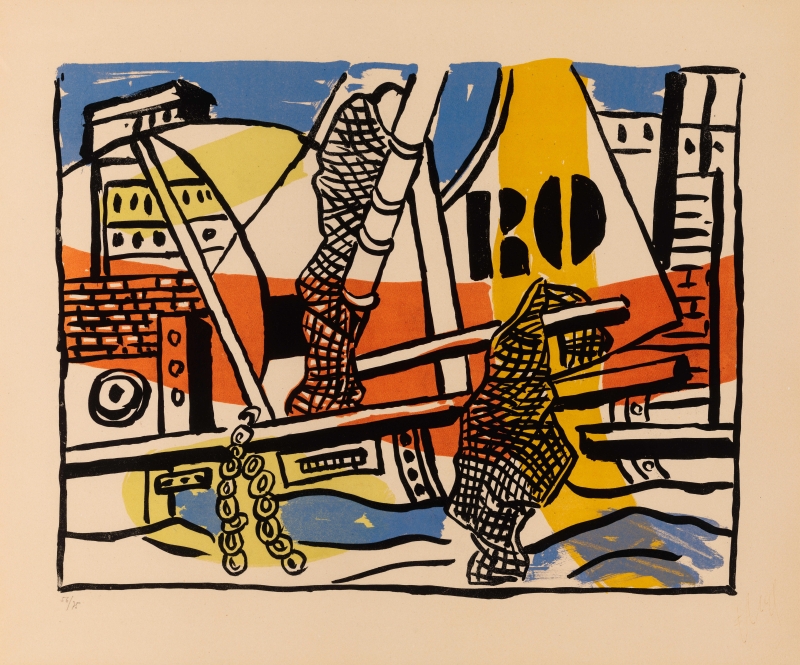
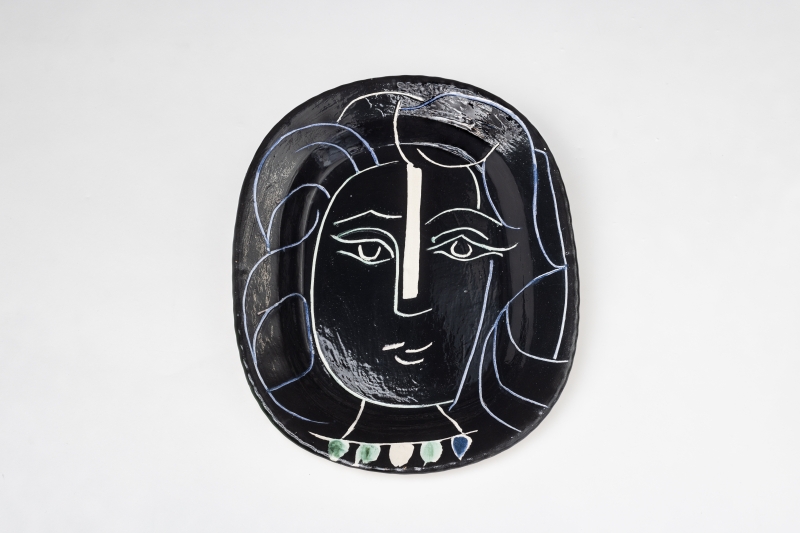
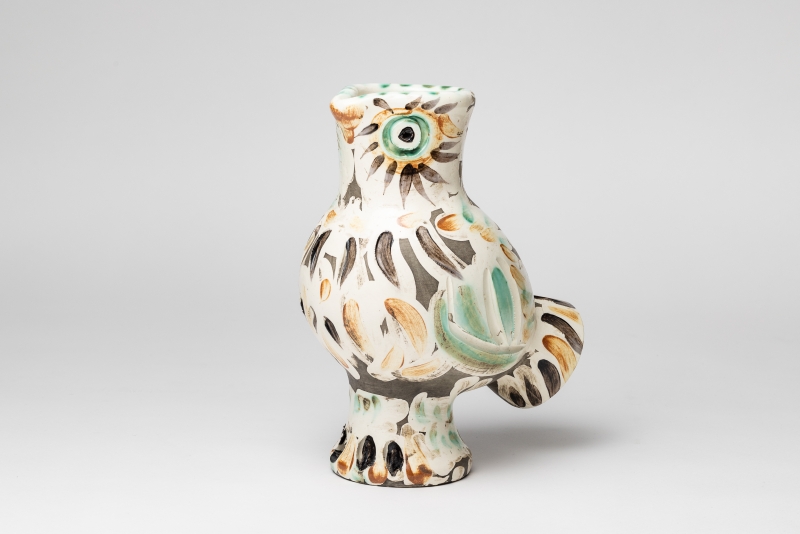
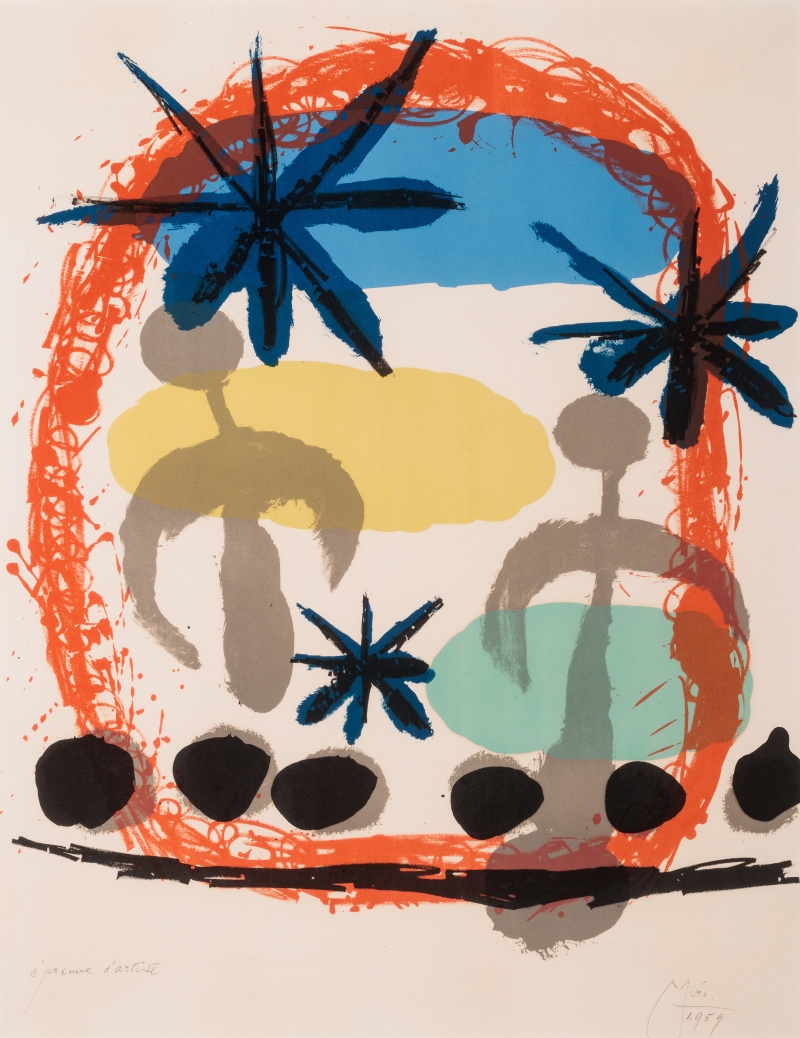
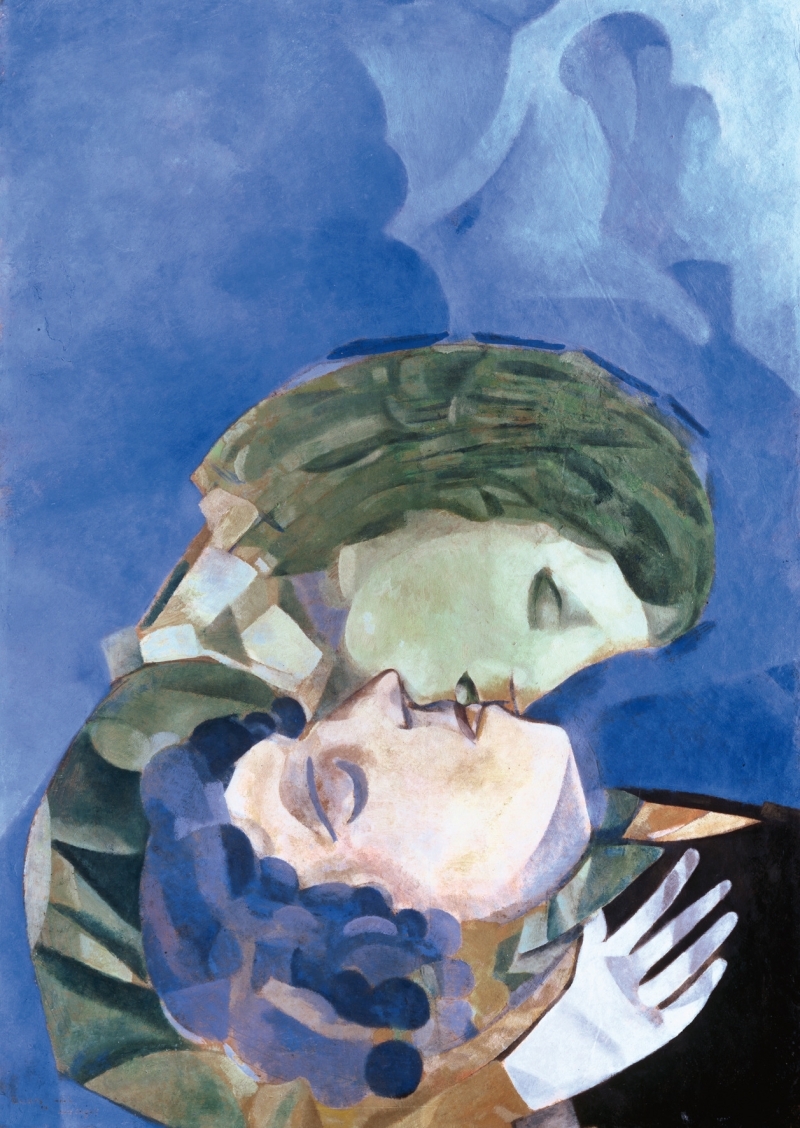
Credits below
The 2023 year’s summer exhibition at the Heidi Horten Collection invited to rendezvous with artists from the collection whose lives were touched by France; the exhibition followed them there to places representing a significant stage in their artistic development. Taken together, the importance of Paris is reflected – but also that of the Midi, the south of France — as catalyst and breeding ground for the emergence and dissemination of significant art movements of the twentieth century.
RENDEZ-VOUS
Pocket Guide (0,5 MB)
The exhibition places a special focus on the work of Pablo Picasso, as 2023 marks the 50th anniversary of his death. The works of Marc Chagall and Yves Klein also feature prominently in the show, drawn from a large repertoire within the collection.
RENDEZVOUS likewise invites you to explore Heidi Horten’s personal world, which she shaped around the modernist Villa Dubeau on the Côte d'Azur. In this way the exhibition also playfully traces the sophisticated life of the collector, in which art occupied a special position.
With works by Pierre Bonnard, Georges Braque, Marc Chagall, Kees van Dongen, Jean Dubuffet, Jean Fautrier, Marie Laurencin, Fernand Léger, Pablo Picasso, Camille Pissarro, Serge Poliakoff, Pierre Auguste Renoir, Paul Signac, Chaim Soutine, Niki de Saint Phalle, Henri de Toulouse-Lautrec, Maurice Utrillo, Maurice Vlaminck, and others.
Image Captions:
- Pablo Picasso, Buste d´Homme, 1969
- Yves Klein, RE 1 (Relief Éponge Bleu), 1958
- Marc Chagall, Les Amoureux, 1916
- Joan Miró, Constellation (Constellation), 1959
- Pablo Picasso, Vase Chouette (Owl Vase), 1969
- Fernand Léger, Le port de Trouville (The Port of Trouville), 1951
- Pablo Picasso, Femme assise de profil dans un fauteuil bleu (Woman seated in profile in a blue armchair), 1960
- Fernand Léger, Oiseaux devant les troncs d´arbres (Birds in Front of the Trunks of Trees), 1952
- Yves Klein, PR-1, Portrait-relief d'Arman (PR-1 (PR-1 (Portrait-relief of Arman)), 1965
- Joan Miró, Trois femmes (Three Women), 1935
- Camille Pissarro, La Prairie de Moret (The Prairie of Moret), 1901
- Marc Chagall, Les mariés au ciel (The Married in Heaven), 1954-1956
- Serge Poliakoff, Compostition rouge, jaune, verte et blanche (Composition in Red, Yellow, Green and White), 1953
- Marc Chagall, L'âne vert (The Green Donkey), ca. 1936
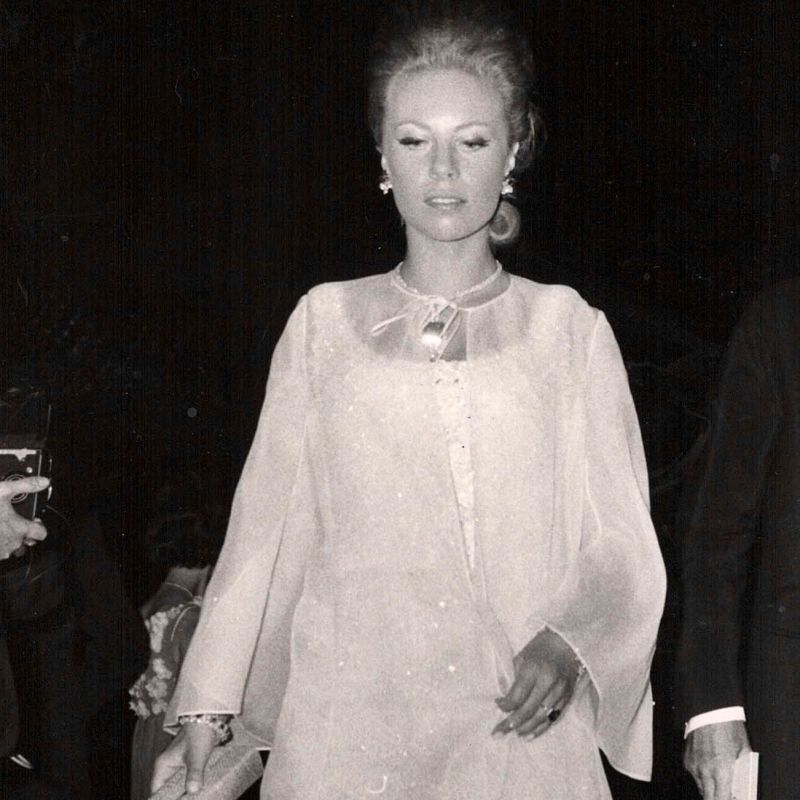
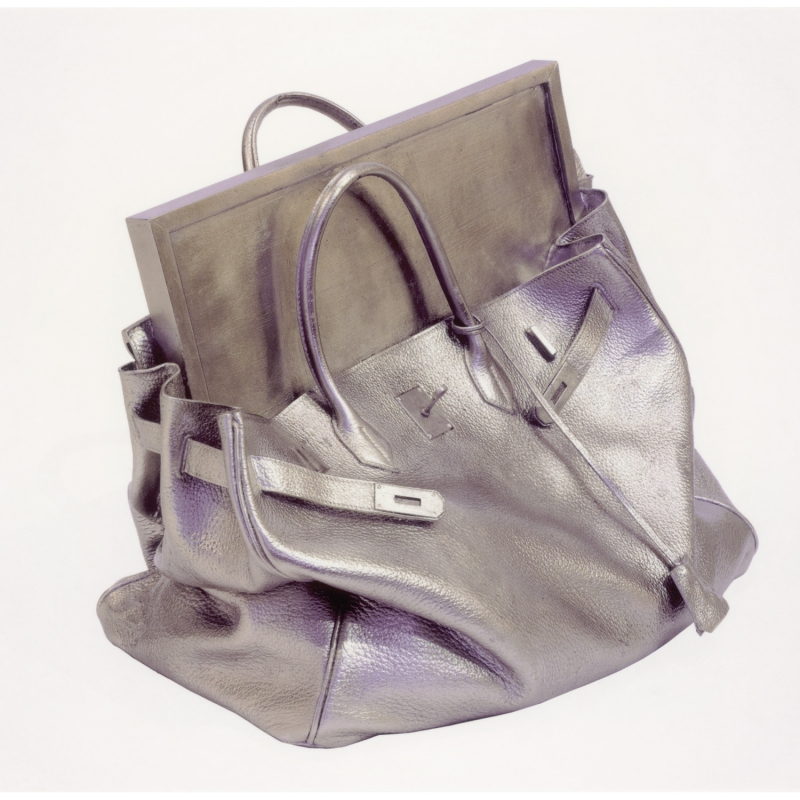
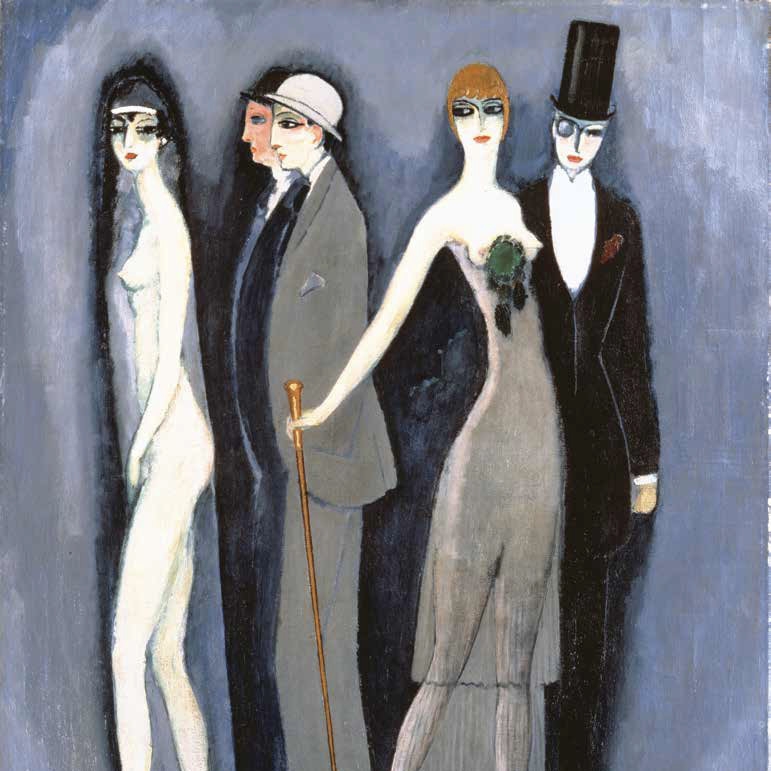
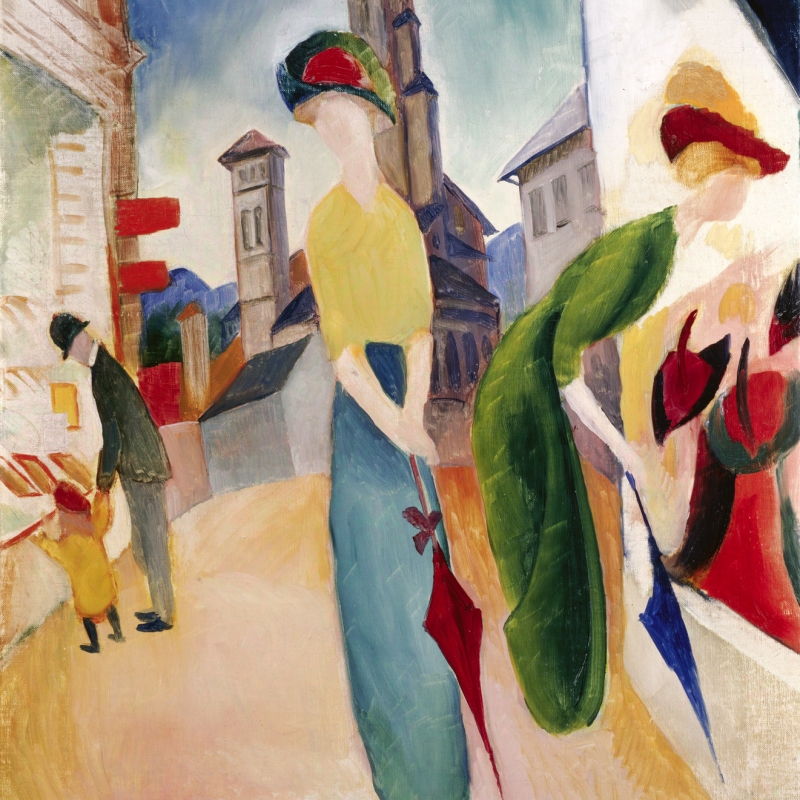
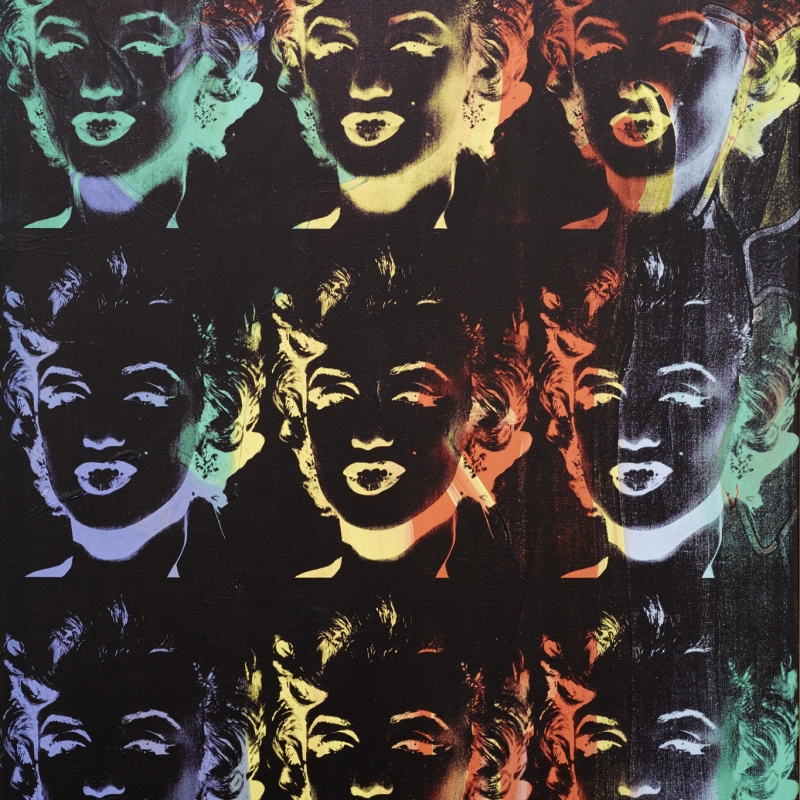
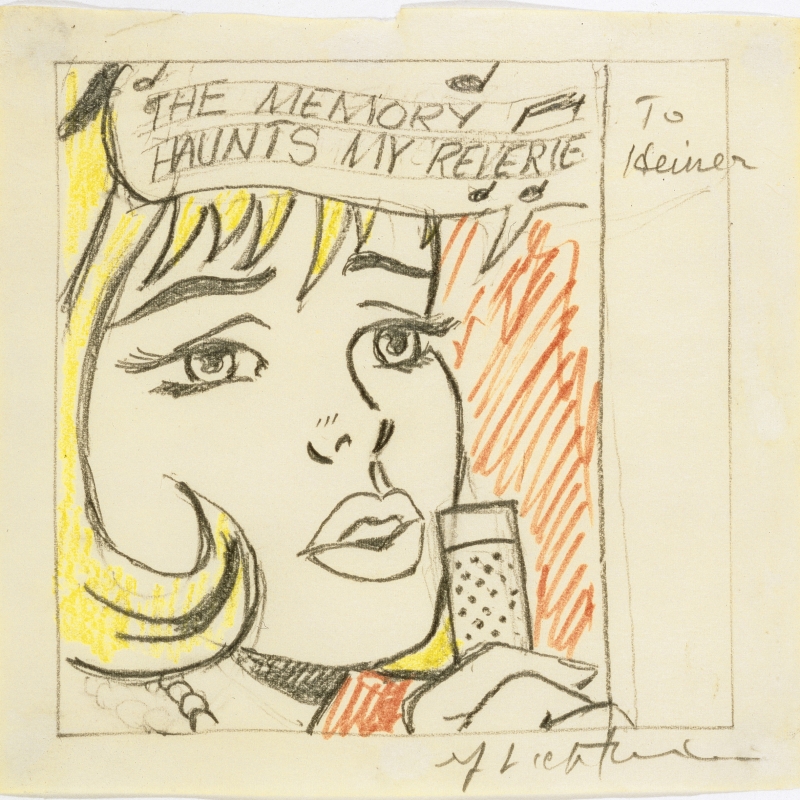
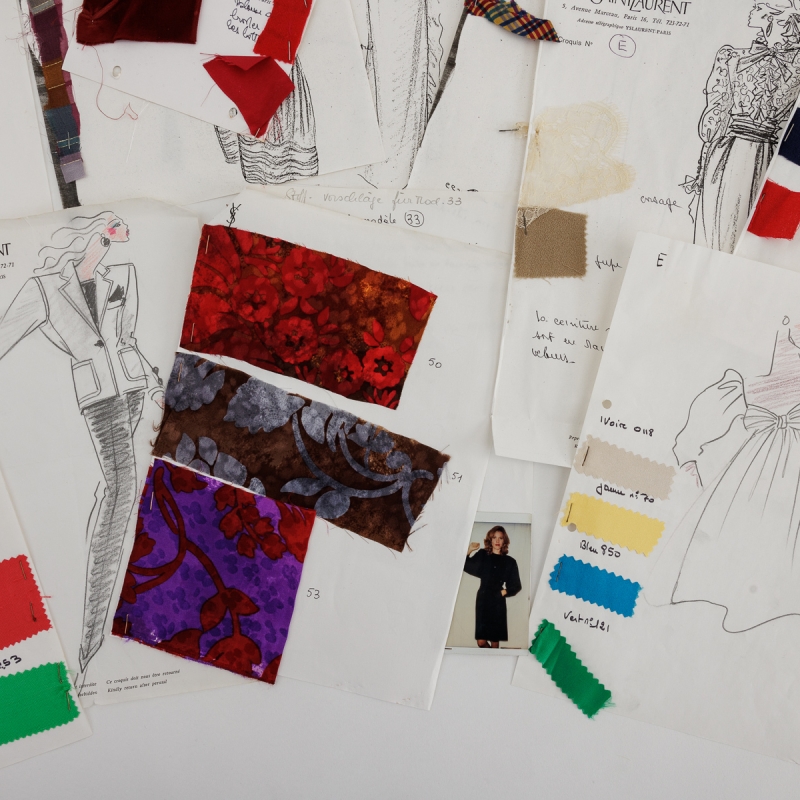
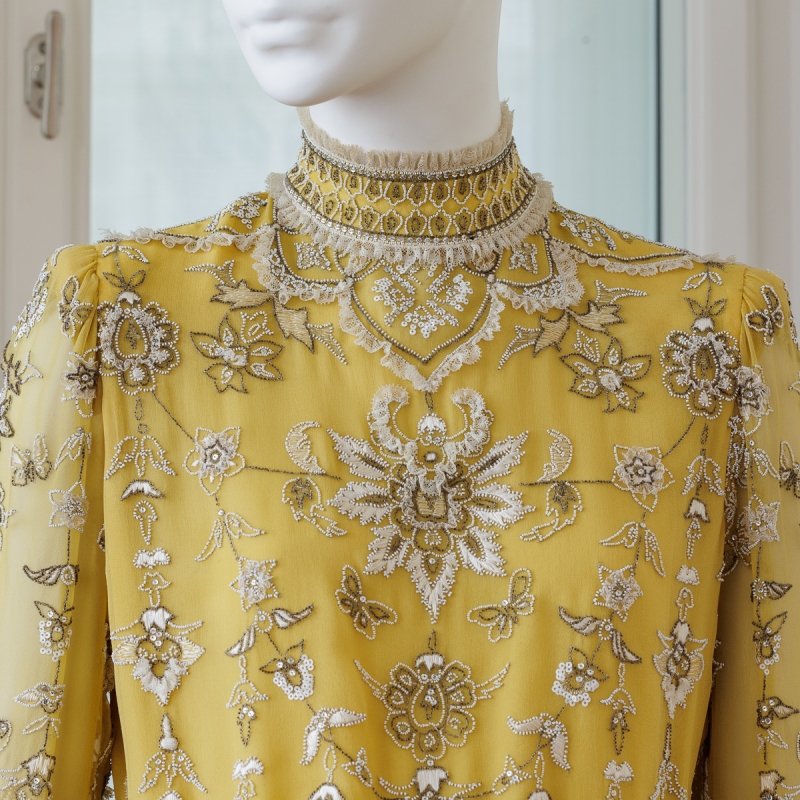
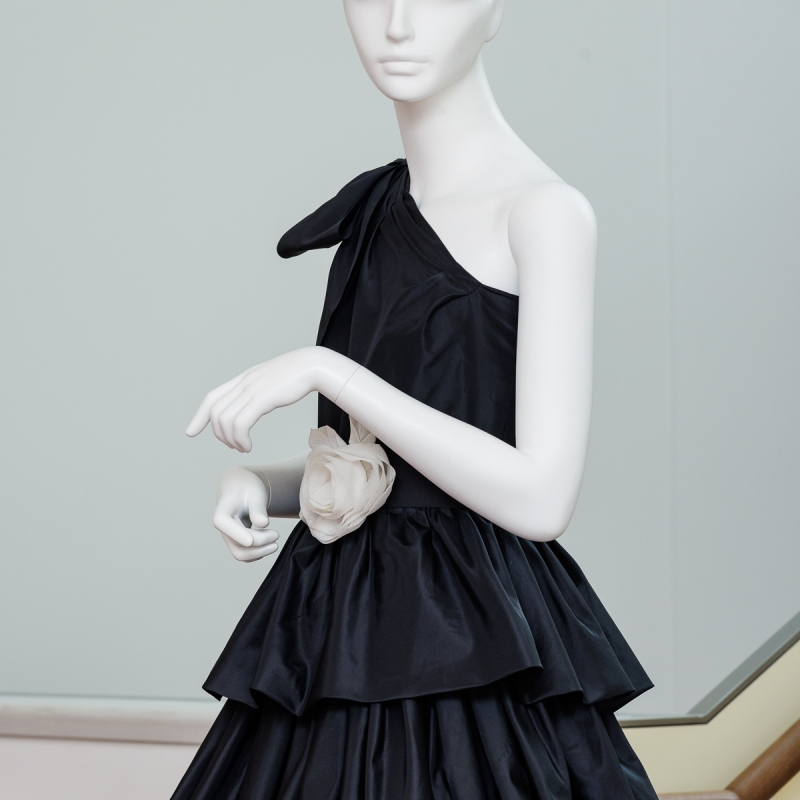

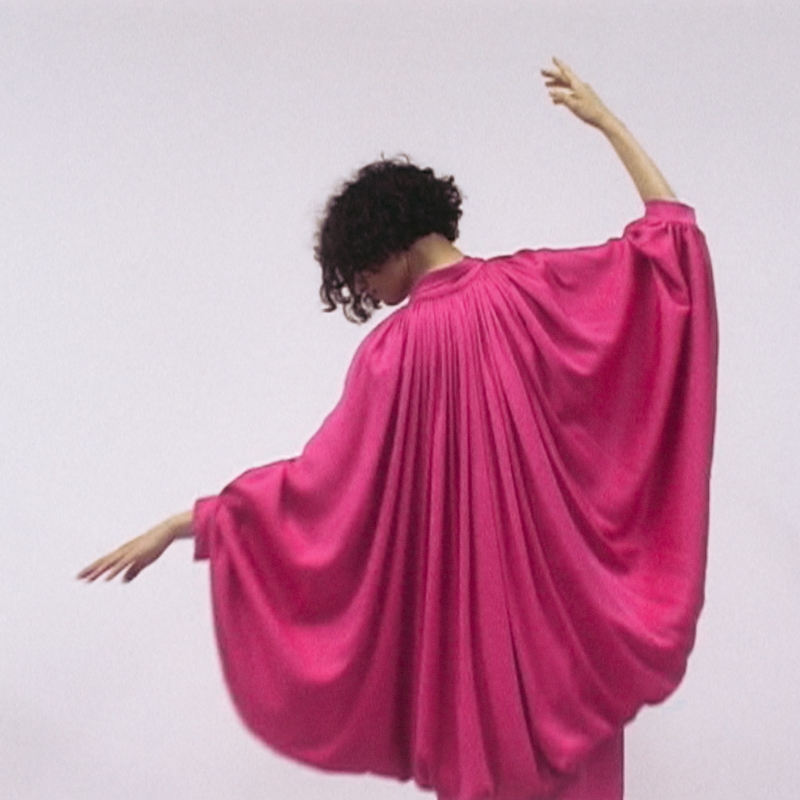
1. Heidi Goëss-Horten, 1960ies
2. Sylvie Fleury, White Gold, 2010
3. Kees van Dongen, Comedia (Montparnasse Blues), around 1925
4. August Macke, Zwei Frauen vor dem Hutladen, 1913
5. Andy Warhol, Nine Multicolored Marilyns (Reversal Series),1979-1986
6. Roy Lichtenstein, The Memory Haunts my Reverie, ca.1965
7.-11. Haute Couture dresses from Heidi Goëss-Horten
It covers a wide spectrum ranging from the nineteenth century to the present day, encompassing glamorous divas, modern avant-garde women, contemplative portraits, psychologically penetrating female images, fetish-like accessories, nudes as well as feminist counter-perspectives. These works belonged to the collector’s immediate world. They reveal her highly personal choice, and, in some way, reflect sides of her strong and self-confident personality.
In addition, the exhibition presents haute couture dresses by Christian Dior, Givenchy, Yves Saint Laurent, Jean Patou and Jean-Louis Scherrer, made exclusively for Heidi Goëss-Horten. Fashion has been understood as a paradigm of modern culture since the nineteenth century, a seismograph of the here and now, of zeitgeist, society and its changes. Clothing is a medium of communication in fabric, it conceals and reveals in equal measure, is used as a means of self-expression as well as to protect and to cover the body.

